The Cambrian Chengjiang Biota of east Yunnan is one of the most exciting 20th Century discoveries in paleontology. The rare, exceptionally well-preserved soft-part anatomy of a wide variety of species found within the same locality offers unparalleled insight into biodiversity and the true nature of a sophisticated ecosystem during a crucial period in the early history of life.
Photosynthesized in water and were probably the major food source for primary consumers.

Algae
Lower Cambrian
Chengjiang, Yunnan, China
Size: 10x7cm
Isolated grasping appendage of the largest high-end consumer in the Chengjiang ecosystem, the fearsome looking largest predator in the Cambrian Seas
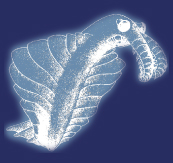
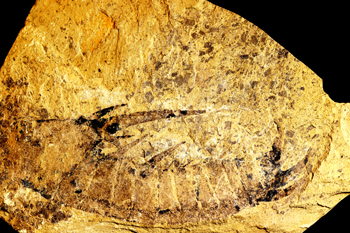
Anomalocaris
Lower Cambrian
Chengjiang, Yunnan, China
Size: 15 cm
Flat impression of Eldonia (stellostomites) eumorpha, probably a pelagic animal.
The jellyfish-like shape suggests a pelagic lifestyle
The jellyfish-like shape suggests a pelagic lifestyle
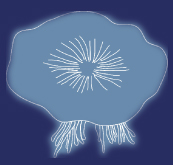
Eldonia
Lower Cambrian
Chengjiang, Yunnan, China
Size: 9 x 8 cm
Primary consumer and filter feeder from suspended organic matter in the water.
Heliomedusa orienta
Lower Cambrian
Chengjiang, Yunnan, China
Size: 1.5cm
Deposit-feeding worms that were buried live in marine mud.
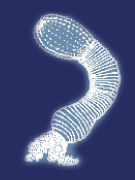
Maotianshania cylindrica
(Sun & Hou, 1987)
Priapulida
Infaunal deposit-feeding worm with a long, straight intestine preserved as a dark film
Lower Cambrian
Chengjiang, Yunnan, China
Size: 10x7cm
Circocosmia jinningensis
(Hou & Sun, 1988)
Priapulida
Lower Cambrian
Chengjiang, Yunnan, China
Size: 4.5x3.5cm
An active swimmer high in the water column
Isoxys
Arthropoda
Lower Cambrian
Chengjiang, Yunnan, China
Sample Size: 5 cm
Remains of an "Armoured worm" coated with pairs of dot-like scleritic scales
Microdictyon sinicum (Chen, Hou & Lu, 1989)
Lobopodia
Lower Cambrian
Chengjiang, Yunnan, China
Sample Size: 6cm
Arthropods were the most diverse group of animals comprising over 60% of all discovered specimens. They are characterized by their multiple body segments, jointed feet and exoskeleton.
Kunmingella
A small bivalved bradorii arthropod in its typical “butterfly” orientation, a food source for larger predators
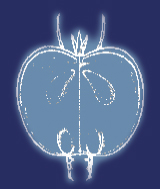
Kunmingella
Lower Cambrian
Chengjiang, Yunnan, China
Sample Size: 7.5x6 cm
Leanchoilia
lateral view, only known from the Chengjiang Biota, it had long appendages used for sensory purposes
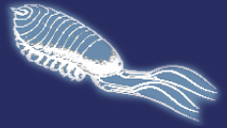
Leanchoilia illecebrosa
Arthropoda
Lower Cambrian
Chengjiang, Yunnan, China
Naroia
primitive arthropod, a two-segmented proto-trilobite without eyes.
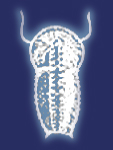
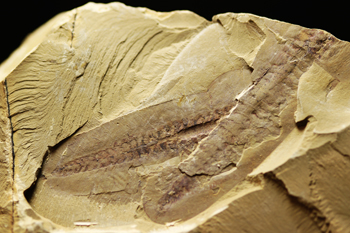
Naroia longicaudata
Sample Size: 8 x 6cm
Arthropod with three body segments that was prey for larger predators such as Anomalocaris.
Eoredlichia intermedia
One of the earliest occurring trilobites that lived on, or close to, the seafloor.
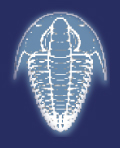
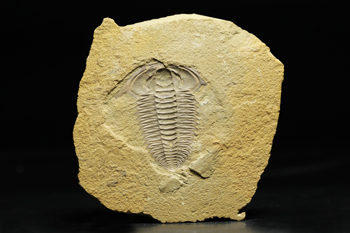
Eoredlichia intermedia
Size: 8.5 cm
Yunannocephalus
A member of the Redlichia trilobites, found in several locations in Yunnan Province.
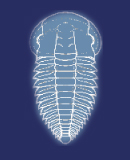
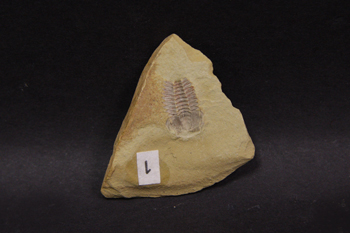
Yunnanocephalus nanjiangensis
Size: 1 cm